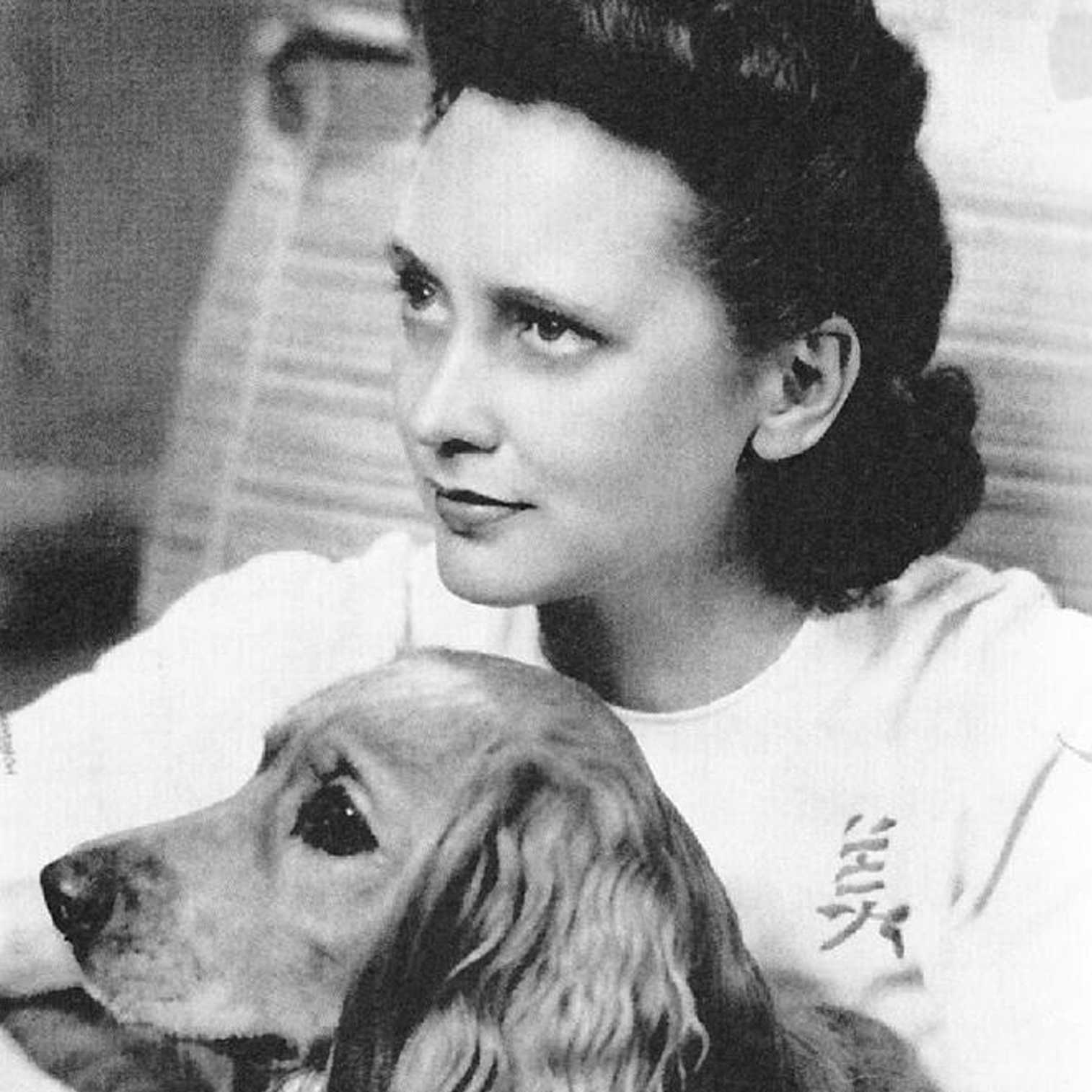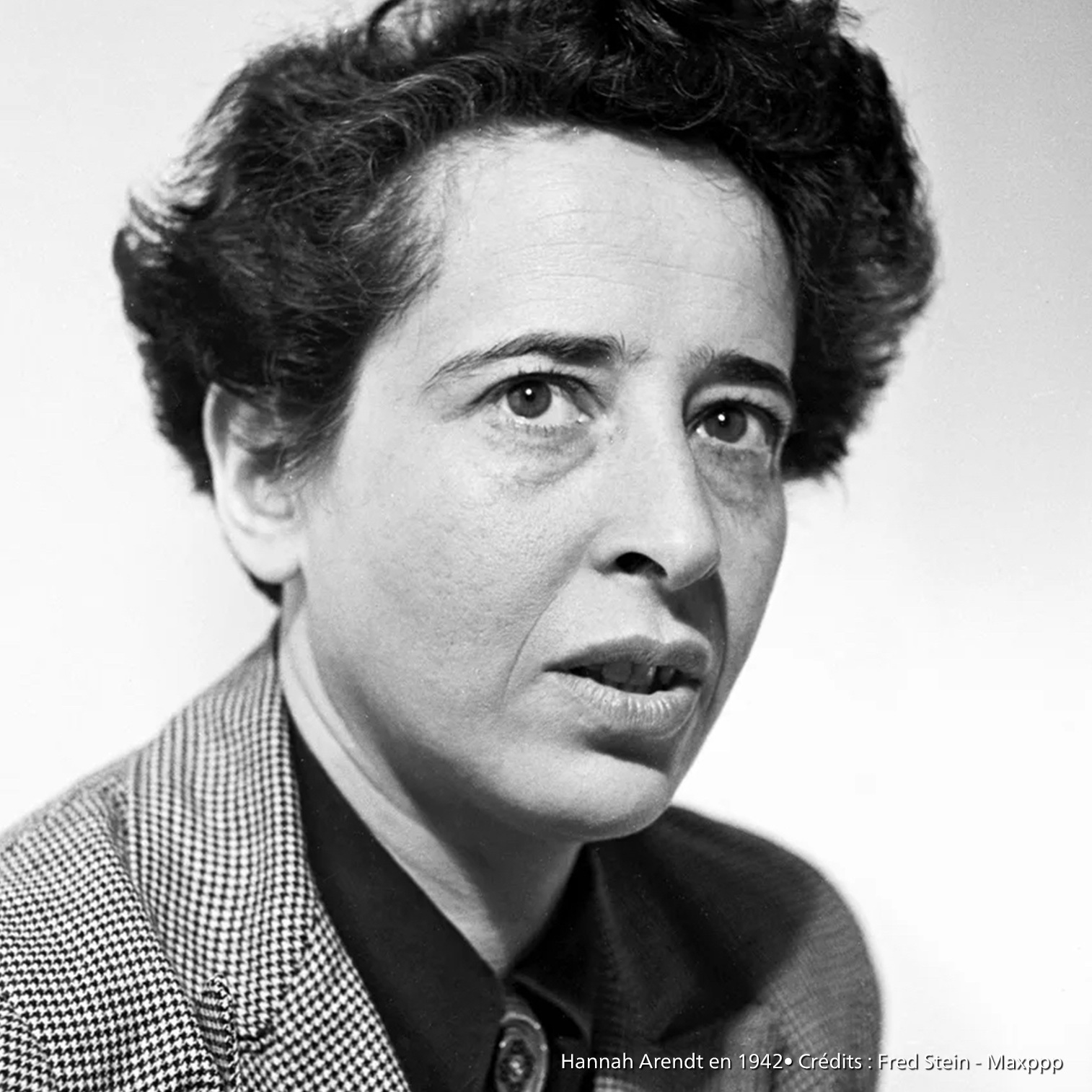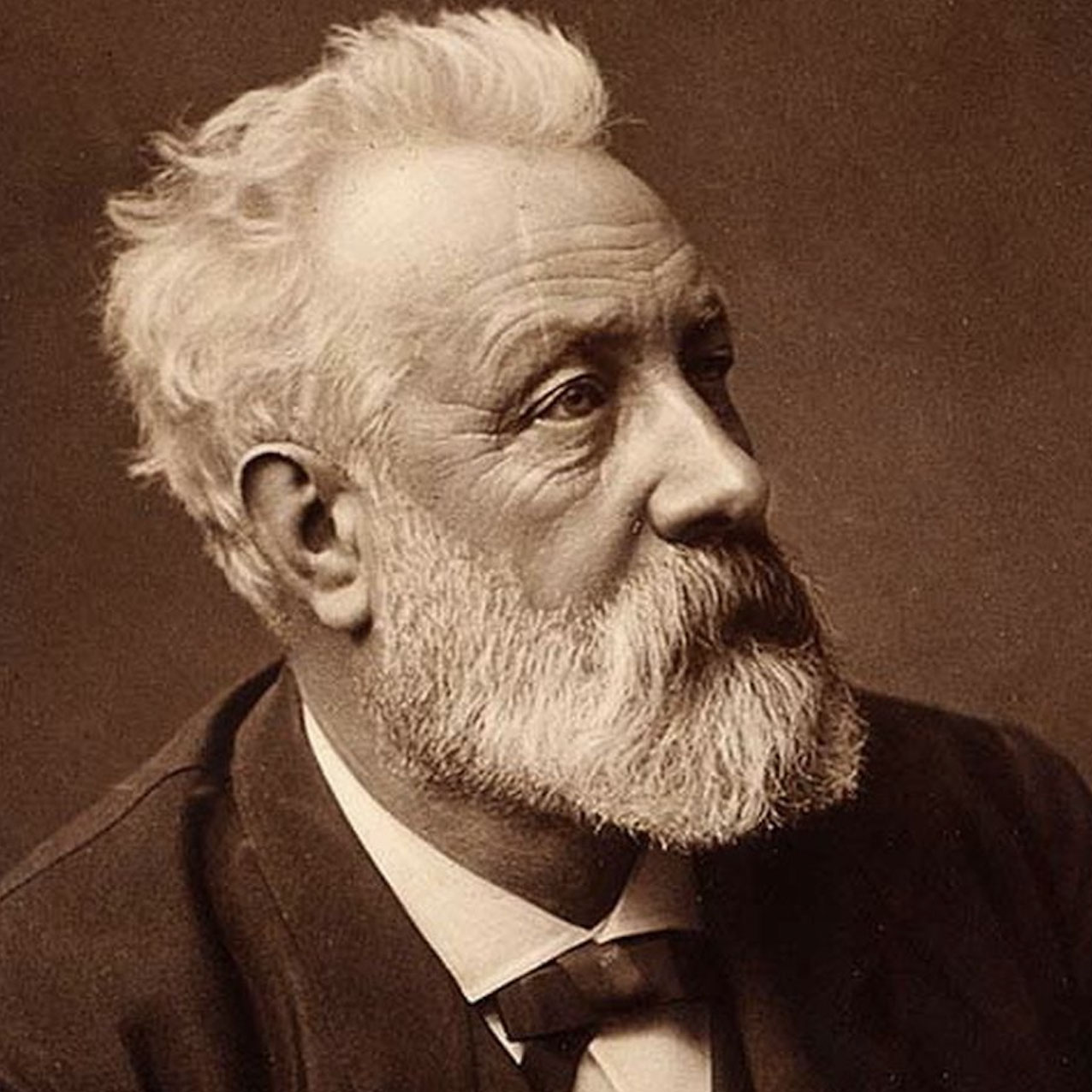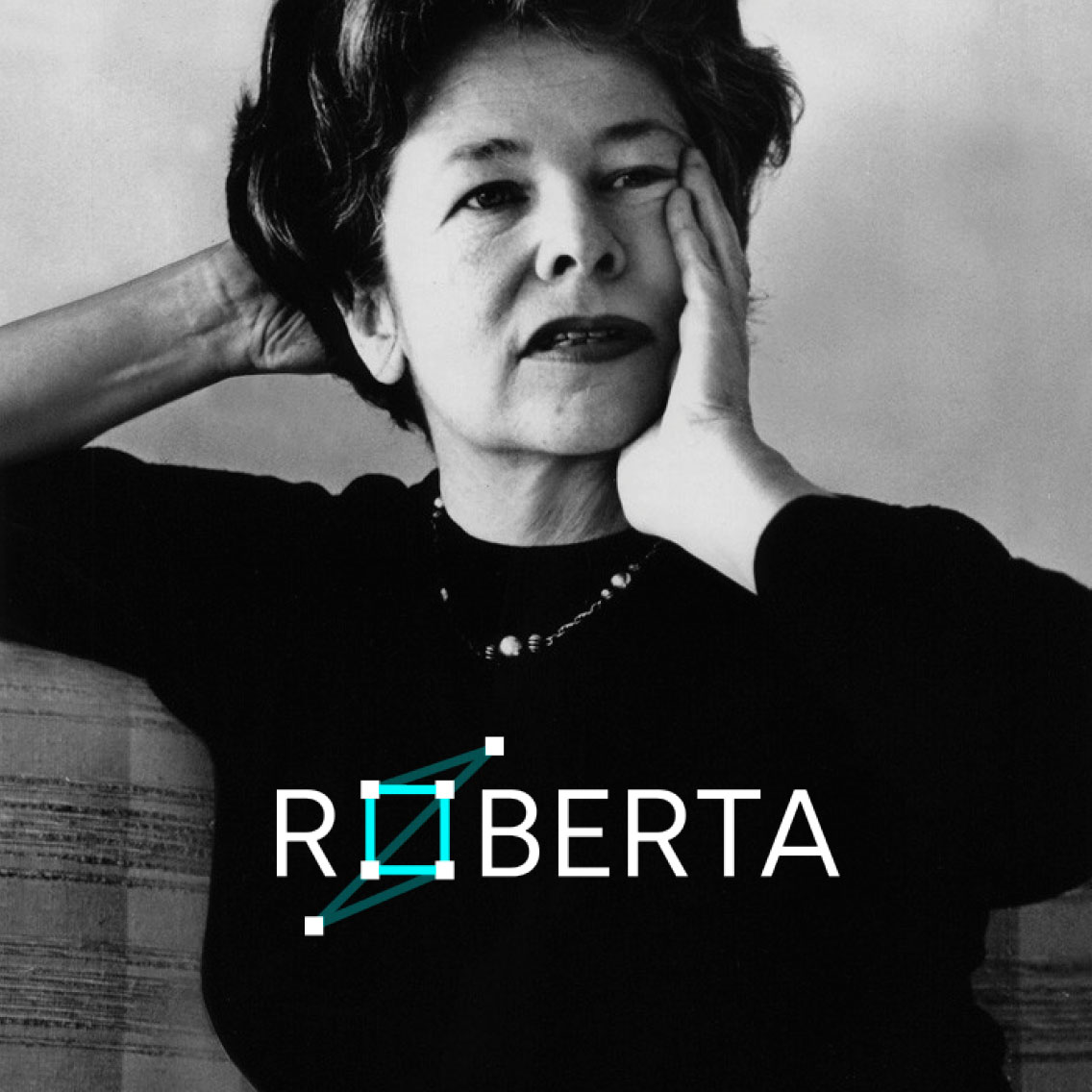Episode 5, Elizabeth McIntosh : Fake news and disinformation during World War II

10/27/2021 by Preligens
Listen and subscribe to our newsletter on: Spotify, Deezer, Apple Podcast, Podcastics or download it
Introduction:
According to a 2018 MIT study, "fake information is 70% more likely to be spread" [1]. What we now call "fake news" is creeping into political campaigns and private debates. The inexorable rise of social networks is accelerating the spread of such fake information.
The conscious and organised dissemination of fake information is not as recent as one might think. As early as the 6th century BC, Sun Tzu, a Chinese general and strategist, studied in The Art of War [2] the importance of trickery in armed conflict. He insisted on the need of finding a trade-off between truth and deception to make fake news as credible and effective as possible. The aim was to deceive the enemy in order to defeat him more easily.
Fake news was already considered a genuine instrument of war. This weapon was also used by Elizabeth McIntosh, a spy during her missions in the Pacific during World War II.
In this 5th episode of Roberta's Podcast, we look back at the extraordinary life of the pioneer of modern disinformation: Elizabeth McIntosh. A story told by Zoe Delaforge, Learning and Development manager at Preligens
Youth:
Elizabeth McIntosh was only 26 years old when on December the 7th, 1941, chaos descended upon the people of Honolulu and Hawaii. The attack on Pearl Harbour had just taken place. For the young journalist who had grown up and worked on the island, the shock was particularly appalling. Nevertheless, her duty to inform overcame her emotion. Elizabeth, who was at the time a correspondent for the Honolulu Star Bulletin, rushed to write an article on what she had just witnessed [3].
The duty to inform lived in the heart of this daughter of two journalists, but unfortunately her article was censored. This was a hard blow but did not prevent her from continuing in journalism. In 1943 Elizabeth McIntosh flew to Washington to become the White House correspondent for the Scripps Howard News.
In the spring of the same year, a commander close to her family, offered her a job as an Asia correspondent for the OSS (Office of Strategic Services). Without knowing too much about it but loving to travel, Elizabeth embarked on this new adventure [4]. She joined the "Morale Operation" team in the Far East reporting to the famous William Joseph Donovan, in the newly founded OSS, created in June 1942 by President Roosevelt to coordinate American military intelligence resources.

In her book: McIntosh discusses about the fascinating lives of the Women of the OSS
Work within the OSS:
The objective of the "Morale Operation" branch and its psychological warfare laboratory on the CBI front (China, Burma, India) was clear: to destroy the morale of Japanese soldiers and civilians with "defeatism". The OSS based its ideology on the philosophy of Sun Tzu, who used fake information to play on emotions and therefore "manipulate and control" the enemy.
Before the creation of the OSS, propaganda and the dissemination of fake information were done through white mail propaganda. As such, numerous airdrops of American propaganda took place over the pacific front. Elizabeth McIntosh and her team revolutionised war communication by using black mail propaganda. She spread fake newspapers, fake radio bulletins and modified mail. The OSS wanted to discourage the Japanese soldiers and make them surrender.
Elizabeth McIntosh's greatest achievement came at the end of 1944, when she had the idea, after seizing several hundred postcards sent by Japanese soldiers, to change their contents to add depressing news (lack of food, ammunition or psychological distress)...
Elizabeth knew Asia and Japanese culture, she used her knowledge to invent fake astrological predictions from fabricated gurus. Those fake prophecies were then published in fake newspapers [5].
With one of them she predicted an unimaginable disaster for Japan at the end of the war. She had no idea that she was predicting the nuclear bombings that it endured on August 6th and 9th 1945
During a tribute in 1994 on Memorial Day, Bill Clinton declared that "she saved lives on both sides" [6].
Indeed, she was the author of a fake order that repealed sanctions against Japanese surrenders, which, although false, had a positive impact on both sides. Indeed the Japanese surrendered more freely and the American troops were less severe with the surrendering Japanese.

Impact of fake information and Use of AI:
Since the end of World War II, the use of Fake news has grown, it is no longer only used as a weapon of war to deceive the enemy. They are now present all around us in our daily lives.
From the manipulation of elections, through the Covid-19 pandemic, to the announcement of a celebrity's fatal accident, everything is now subject to Fake news.
Technological advances in artificial intelligence can help combat misinformation.
First of all, thanks to NLP (Natural Language Processing) technologies that analyze texts. But also with image analysis (Computer vision) that can spot fake images [7].
Nowadays, we can see that AI technologies are used to produce fake news such as deepfakes, but above all, they are our best weapons to expose them.
Sources:
[1] Vosoughi, Soroush, et al. « The Spread of True and False News Online ». Science, vol. 359, no 6380, mars 2018, p. 1146‑51. DOI.org (Crossref), https://doi.org/10.1126/science.aap9559.
[2] Sun Tzu. Art of War
[3] McIntosh, Elizabeth P. « Honolulu after Pearl Harbor: A Report Published for the First Time, 71 Years Later ». Washington Post, 6th December 2012. www.washingtonpost.com, https://www.washingtonpost.com/opinions/honolulu-after-pearl-harbor-a-report-published-for-the-first-time-71-years-later/2012/12/06/e9029986-3d69-11e2-bca3-aadc9b7e29c5_story.html.
[4] “Spy Girl” Betty McIntosh - CIA. https://www.cia.gov/stories/story/spy-girl-betty-mcintosh/.
[5] Bernstein, Adam. « Elizabeth McIntosh, Spy Whose Lies Helped Win a War, Dies at 100 ». Washington Post, 8th June 2015. www.washingtonpost.com, https://www.washingtonpost.com/national/elizabeth-mcintosh-spy-whose-lies-helped-win-a-war-dies-at-100/2015/06/08/6ed48900-0dfd-11e5-adec-e82f8395c032_story.html.
[6] Memorial Day Address | C-SPAN.Org. https://www.c-span.org/video/?57389-1/memorial-day-address).
[7] Marr, Bernard. « Fake News Is Rampant, Here Is How Artificial Intelligence Can Help ». Forbes, https://www.forbes.com/sites/bernardmarr/2021/01/25/fake-news-is-rampant-here-is-how-artificial-intelligence-can-help/
Other sources:
« Histoires d’espions : OSS Operation Black Mail, la guerre des «fake news» ». LEFIGARO, 5 août 2018, https://www.lefigaro.fr/international/2018/08/05/01003-20180805ARTFIG00106-histoires-d-espions-oss-operation-black-mail-la-guerre-des-fake-news.php.
Setting the ‘Rising Sun’: The WWII service of Psywarrior Elizabeth McIntosh. https://arsof-history.org/articles/v12n1_elizabeth_mcintosh_page_1.html.
McIntosh, Elizabeth P. Undercover girl. Time-Life Books, 1993.
Cover image credit: personal archive
1st photo credit: Cover of Sisterhood of Spies: The Women of the OSS
2nd photo credit: OSS Society


